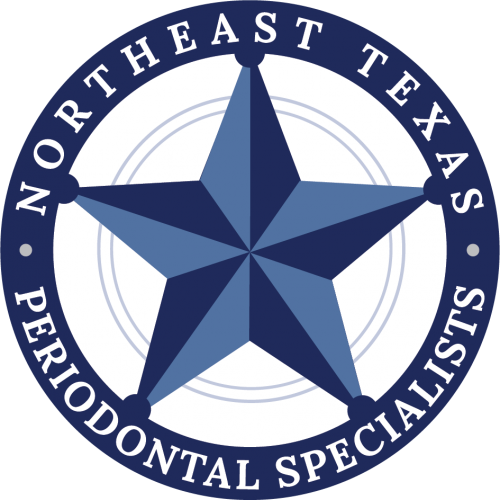Gum Grafting Alternatives
When gum recession becomes a concern, gum grafting is often recommended as a reliable solution. However, not everyone chooses surgery, and there are several alternatives that can help manage receding gums with less invasive methods. These options vary in approach, cost, and outcomes, and knowing what is available can help you make an informed choice.
High-Tech Alternatives
One of the most popular alternatives is the Pinhole Surgical Technique (PST). In this method, a needle-sized opening is used to gently loosen existing gum tissue, which is then repositioned to cover the exposed roots. The procedure involves no incisions or stitches, reducing discomfort, swelling, and recovery time, often allowing treatment across several teeth in a single visit. Many patients find this option appealing for its speed and minimal recovery period.
Another less invasive approach is laser gum therapy, sometimes referred to as LANAP (Laser-Assisted New Attachment Procedure). Instead of using blades, this process employs a laser that targets and removes diseased tissue below the gumline while preserving healthy gum. Though it still involves specialized equipment and training, LANAP avoids donor site discomfort and often carries a quicker healing timeline.
Researchers are also exploring tissue-engineering techniques, including injections of growth factors or hyaluronic acid, to stimulate gum regeneration without surgery. These emerging therapies hold promise but are still developing, and availability may be limited to clinical trials or specialist care.
Preventative or Cosmetic Approaches
At the early stages of recession, a deep cleaning procedure known as “scaling and root planing” may be sufficient. By removing plaque and hardened deposits from above and below the gumline, these treatments allow the gums to reattach naturally and stabilize without grafting. This preventive approach is often paired with good oral hygiene to manage mild recession and prevent further progression.
For cosmetic concerns or sensitivity caused by mild recession, the root surfaces may be treated by dental bonding. This procedure employs a moldable, lifelike resin to cover exposed areas to reduce sensitivity and improve appearance. It is quick, painless, and affordable, though it does not restore tissue and may need reapplying over time.
In cases where more restorative tissue is desired but traditional grafting is not chosen, removable gingival veneers offer a non-surgical solution. These custom-made prosthetics fit over the gums, restoring appearance and protecting exposed roots. While comfortable to wear, they require daily care and may not be suitable for all activities or long-term use.
Making the Best Choice
Each alternative has its pros and cons. While none fully replace traditional grafting in all cases, each offers a meaningful choice that may well align better with individual needs and goals. Deciding which option is right for you depends on the cause and severity of your gum recession, your overall oral health, and your personal preferences. Your dentist or periodontist will evaluate your condition and help you choose between non-surgical methods, minimally invasive techniques, cosmetic solutions, or surgical grafts based on what will give you the best outcome.
If you are considering treatment for receding gums, start with a comprehensive evaluation and a discussion of alternatives. By weighing the benefits, possible discomfort, cost, and longevity of each approach, you can work with your provider to find the most suitable solution for your smile and comfort.

